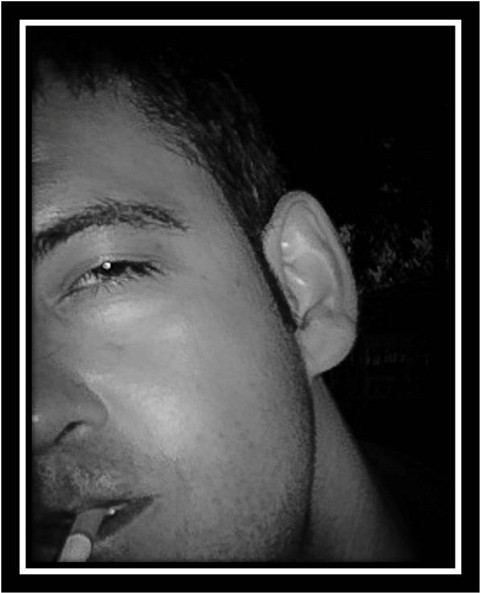Urban geometry
Urban geometry
Enrico Markus Essl
May 26, 2015
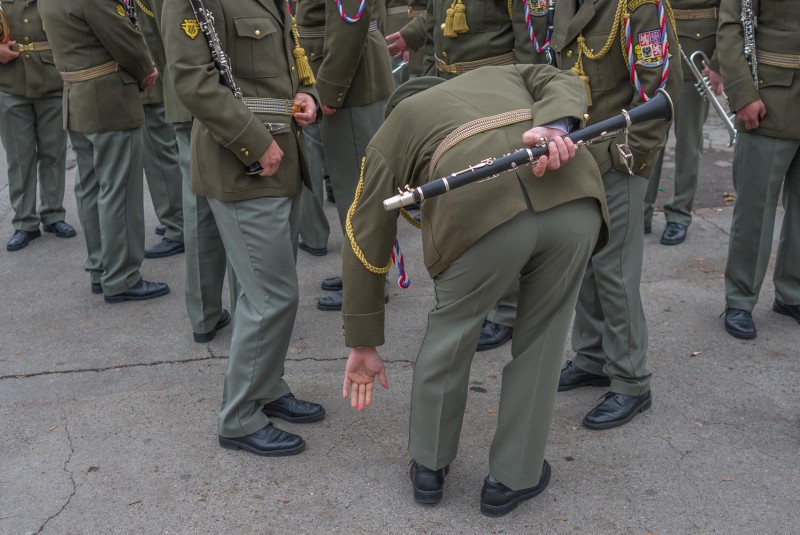
Downforce - Vienna
You work in large urban settings that are defined by constant change and chaos. How important are quick reactions to be able to capture the perfect image?
Of course, quick reactions and intuitive handling are essential components for street photography. You often only have a fraction of a second to hit the trigger. Recognizing a situation that is emerging, a unique scene, is the basic aspect of this work. Then, the only thing you still need is a bit of luck, and that your finger is on the trigger at the right moment.
You images appear carefully structured – do you have a particular strategy for finding the right moment in such a changeable setting? Do you first look for a framework for the composition and then wait for the protagonists?
No. I don’t have the patience to wait for a scene or a motif. I always say to myself: the motif will find you, you won’t find the motif. Sometimes I walk 20 kms a day in the city, wandering through streets, parks, train stations, on the periphery of the urban action, to discover and capture compositions of daily life. Of course, there are also static motifs, where you have time to run through the camera setting options.
What demands do you have of your camera equipment? What are the essential features that you expect from a camera?
Personally, I appreciate solid and high quality workmanship, excellent optics, an outstanding picture quality and, above all, ergonomics that allow for easy and quick handling. On the whole, however, I believe however that the camera is over-valued, because pictures are created in the mind.
Do you also photograph other calmer subjects, where you have more time for picture composition, or do such subjects not present enough of a creative challenge?
I need the constant change, the new possibilities that can emerge from one second to the next, though this doesn’t mean that I just rush around incessantly. But I enjoy this type of photography very much. By the same token, I admire landscape and portrait photographers for their patience, and for the technical know-how they possess to be successful in their field.
Do you have any role models that your photography is directed towards? What inspires you?
I don’t have any role models, but I do admire the work of Helmut Newton and Leni Riefenstahl, masters of staged settings. I’m inspired by the action you find on the streets in a city, and the often unorthodox way in which people behave as they move in and around this setting.
Enrico Markus Essl+-
Born in Linz in 1970 and brought up in Salzburg, Essl is now back in Linz working as a theatre lighting technician. He is an autodidact photographer. His work has been published in Street Photography Thailand, ISP Magazine and Inspired Eye among others. All the photographs were taken with a Leica X1. More

Downforce - Vienna

Dive - Warnemünde
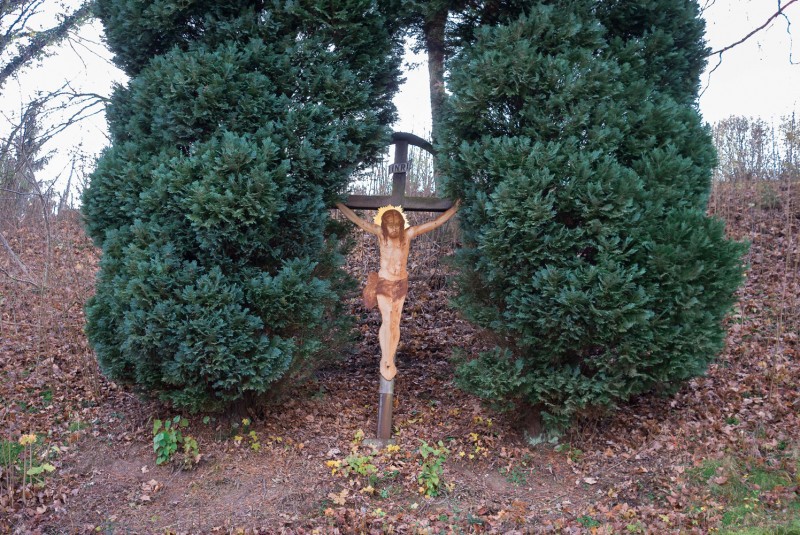
Break on Through – Steyr
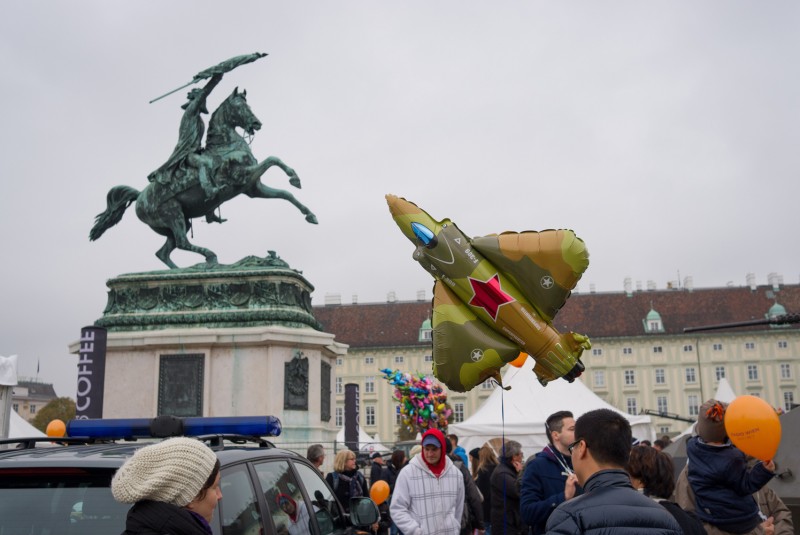
Just a Perfect Day - Vienna
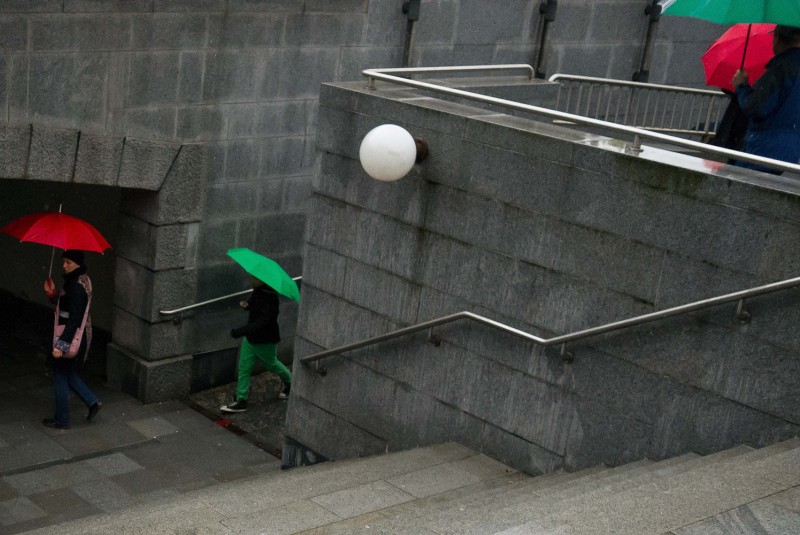
Blue Monday - Linz
